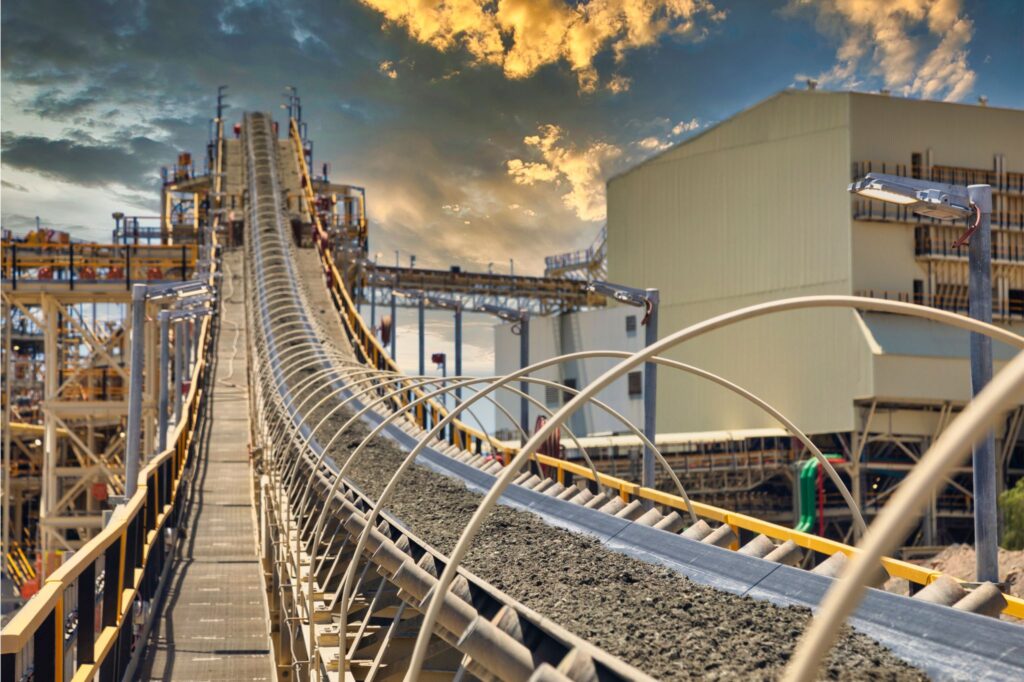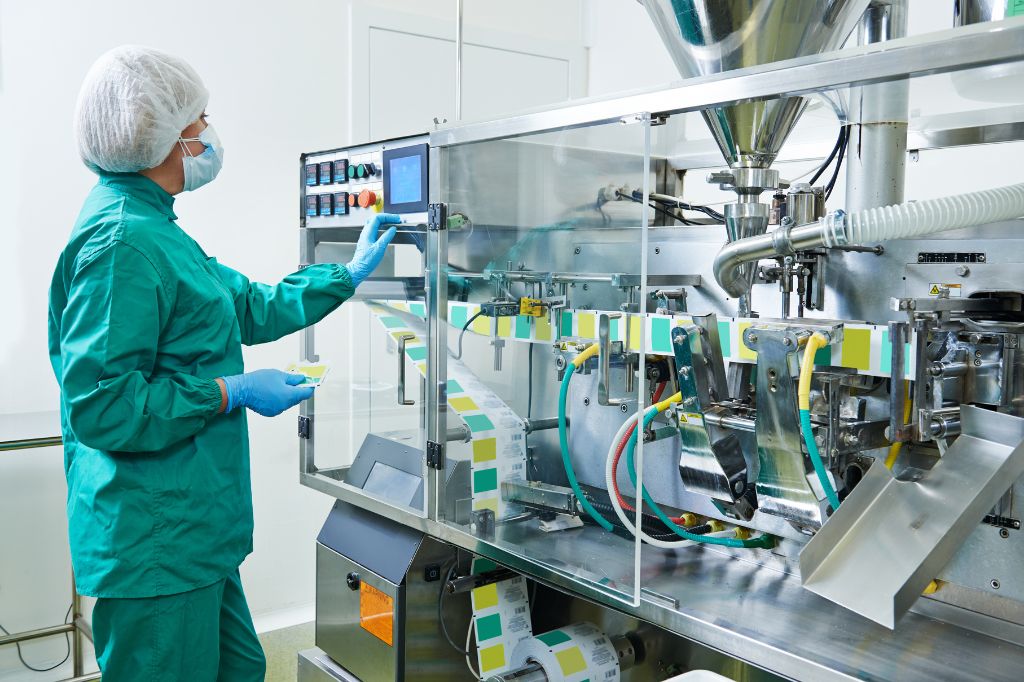
Does heat affect conveyor belts?
Reading time: < 3 minutesOptimal operation of conveyor belts is vital for industry, but high temperatures can present a significant challenge.
Heat can affect both the performance and durability of the belts, so it’s crucial to establish specific preventive and maintenance measures.
Preventive measures to minimize the impact of heat on conveyor belts
- Selection of heat-resistant materials: Choose conveyor belts made from materials capable of withstanding high temperatures. These materials will not only have greater durability but will also better resist heat.
- Installation of cooling systems: In extremely hot environments, install cooling systems such as fans or misting water systems. These can be a good option to reduce the temperature around the belts.
- Proper ventilation design: Ensure proper ventilation in the work area to prevent heat from accumulating in one spot and improve air circulation.
- Proper lubrication: Use lubricants suitable for high temperatures. Not only does this
facilitate operation, but it also helps reduce wear on components.
Maintenance and care in hot climates
It will be necessary to consider:
- Regular inspections: Frequent inspections are essential to identify signs of wear or
damage caused by high temperatures - Check tensions: Heat can cause materials to expand, altering tensions and thus
affecting the system’s operation. - Check rollers and pulleys: Ensure that rollers and pulleys are well-lubricated, as
they can suffer more due to thermal expansion and added friction.
Importance of temperature monitoring in industrial transport systems
Real-time temperature monitoring offers significant advantages in industrial transport systems.
Firstly, they prevent failures; detecting abnormal temperature increases can prevent serious mechanical breakdowns.
In addition, they optimize performance, as maintaining an optimal temperature helps it run more efficiently. Thirdly, they save costs; by identifying and addressing temperature issues, costly repairs and downtime can be avoided.



